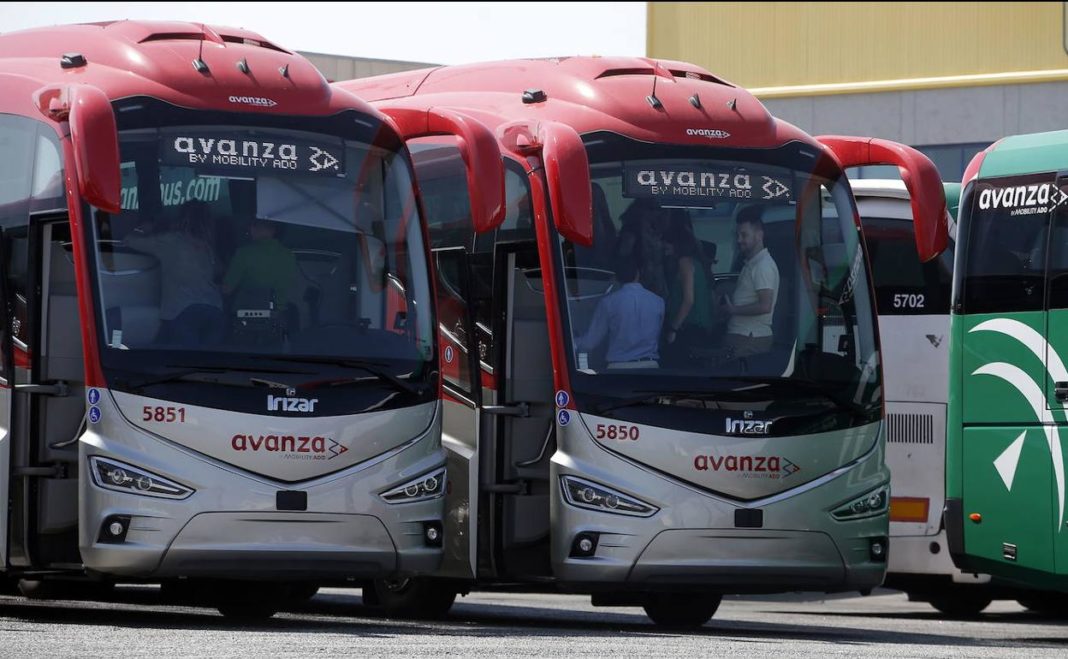A new special surveillance campaign of the General Directorate of Traffic begins today and will last until next Friday, December 17 and that, this time, will focus on controlling the safety of school transport vehicles.

Every day, more than 600,000 schoolchildren use this type of transport to get to their educational centres and, although the accident rates are minimal, showing that it is a safe sector, it is necessary to continue guaranteeing that safety.
Therefore, both the agents of the Guardia Civil Traffic Group, as well as the local police of those municipalities that decide to join the campaign, will intensify the inspections on these vehicles, verifying that the authorisations and documents they must have are the correct ones for the provision of the service.
In addition, the agents will verify that the technical conditions and the safety elements of the vehicle are those required by the regulations, as well as the special requirements that the driver must meet.
School transport is subject to a series of regulations on whose compliance in many cases the safety of its small passengers depends, so it is everyone’s responsibility to demand that these are complied with, either through campaigns like this, by schools or of the parents’ associations that are in charge of hiring the routes.
Among other things, since October 20, 2007, registered buses must have restraint systems installed as the seat belt is useful on any journey, be it short or long, urban or interurban.
Main aspects to control
Inadequate speed and distractions are the main causes of accidents in which this type of vehicle is involved, so it will be especially controlled that they are driving at the permitted speed and that they do not use a mobile phone or other devices that involve distraction. Alcohol and other drug tests will also be carried out among drivers.
In addition, due to the aforementioned importance of the seat belt in the event of an accident, special attention will be paid to the use of these in those school buses that have them installed.
Educating on the school bus
The data tell us that 90% of accidents that occur during school transport take place, either when getting in or out of the vehicle, or in the immediate moments and, in many cases, they are accidents caused by distraction, whether of the minor, the school bus driver or the parents. To avoid this type of accident, parents are recommended to respect the stops, go with enough time and not wait for the children on the other side of the road.
In addition, the General Directorate of Traffic makes other recommendations to go safely to school:
Around the bus:
- Never stand behind the bus because you are not seen.
- Wait for the driver’s signal and always cross at least three metres ahead.
- Inside the bus, stay seated and buckle up.
- Do not run when arriving or leaving.
- Obey the driver and monitor
If you walk:
- Look both ways before crossing and always do it through traffic lights or crosswalks.
- Walk on the inside of the sidewalk, away from the curb.
- Do not cross streets or squares diagonally or zigzag.
- Be careful with cars entering and leaving garages.
- On the road, go left; and at night, wear reflective clothing.
Safe school paths
On the other hand, creating safe school paths that facilitate walking, cycling or public transport to school is one of the objectives of the Spanish Road Safety Strategy 2011-2020 . This is also the purpose of the General Directorate of Traffic who, through the ” Safe School Road ” project , makes available to parents, students, schools and town halls, not only educational resources, but also initiatives to be able to make the outward journeys and back to school on foot, by bike or by public transport.
A “Safe School Path” must meet the following characteristics:
- Wide sidewalks, with traffic lights that last long enough for children to have time to pass.
- Traffic light without amber light.
- A stop where parents leave their children and from there, with an adult, walk to school.
- Merchants who help those who go to school alone.
- Ban on parking at the entrance and exit of the school, thus avoiding crowds.
- Maximum speed of 30 km / h indicated by signs.
- Bicycle parking.
- Police to regulate the entrance to the school.





